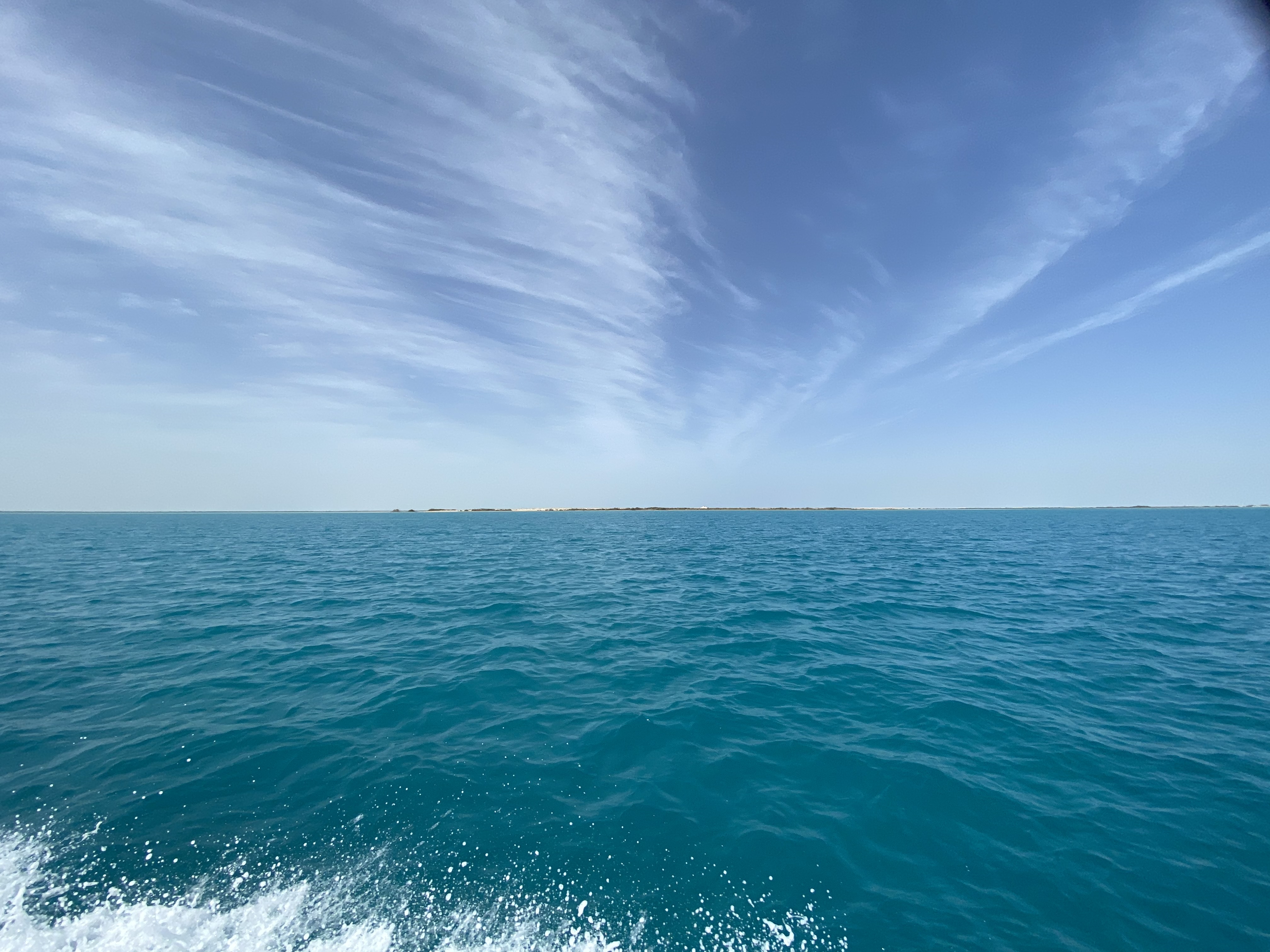

The genus Pseudomonas includes metabolically versatile microorganisms occupying diverse niches, from environmental habitats to plant pathogens, and has clinically significant strains. For this reason, Pseudomonas spp. might act as a reservoir of antimicrobial resistance genes, which have been detected even in isolated environments. The aim of this study was to report the antimicrobial susceptibility profile of 25 Pseudomonas fluorescens isolates from soil samples collected on King George Island (Antarctic Peninsula), and to select non-clonal isolates with unusual phenotypes for whole genome sequencing (WGS). Six classes of antimicrobials were assessed with disk diffusion and colistin with minimum inhibitory concentration (MIC) by broth microdilution. In order to confirm the discrepant phenotypes, MIC by agar dilution was performed for the beta-lactams aztreonam, ceftazidime, cefepime and the aminoglycoside neomycin. The genus Pseudomonas was confirmed by matrix-assisted laser desorption/ionization – time of flight (MALDI-TOF) and the clonal relationships were examined using repetitive extragenic palindromic polymerase chain reaction (BOX-PCR), from which 14 strains were selected for WGS. Antimicrobial susceptibility testing revealed that all strains were susceptible to neomycin and exhibited varying degrees of intermediate or full resistance to aztreonam and colistin. Additionally, 11 strains demonstrated intermediate resistance to ceftazidime, and six were resistant to cefepime. The genomic analysis identified various efflux pumps, predominantly from the ABC transporter and resistance-nodulation-division families. Resistance genes were detected against eight classes of antimicrobials, listed by prevalence: beta-lactams, tetracyclines, polymyxins, aminoglycosides, fosmidomycin, fosfomycin, quinolones, and chloramphenicol. Genes associated with heavy-metal resistance, prophages, and adaptations to extreme environments were also investigated. One notable isolate exhibited not only the highest number of pathogenicity and resistance islands, but also presented a carbapenemase-encoding gene (blaPFM-2) in its genome. Overall, one plasmid was identified in a distinct isolate, which did not exhibit antimicrobial resistance determinants. The genotypic and phenotypic findings are consistent, suggesting that efflux pumps play a critical role in antimicrobial extrusion. This study offers valuable insight into the evolution of antimicrobial resistance in P. fluorescens, particularly in extreme environments, such as Antarctica. By exploring the antimicrobial resistance mechanisms in P. fluorescens, the study sheds light on how isolated ecosystems drive the natural evolution of resistance genes.